Optimal Seasons for Foundation Repairs
Foundation repairs are most effective when performed during specific seasonal periods. The optimal time depends on local climate conditions and soil types. In regions with cold winters, late spring and early summer offer stable ground conditions, reducing the risk of frost-related movement. Conversely, in warmer climates, fall can be suitable due to milder weather and less soil moisture fluctuation.
Spring often provides favorable conditions for foundation work due to moderate temperatures and manageable soil moisture levels.
Summer offers longer daylight hours and stable weather, making it a good window for foundation projects in many areas.
Fall can be ideal in regions with harsh winters, as soil moisture levels are typically stable and ground movement is minimal.
Winter repairs are generally discouraged in colder climates due to frozen ground and increased risk of frost heave.
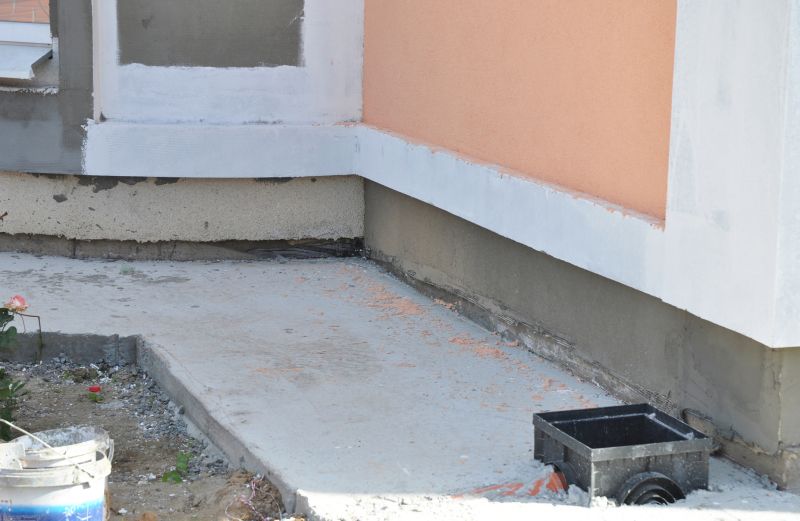
Springtime foundation repairs can take advantage of moderate ground conditions.
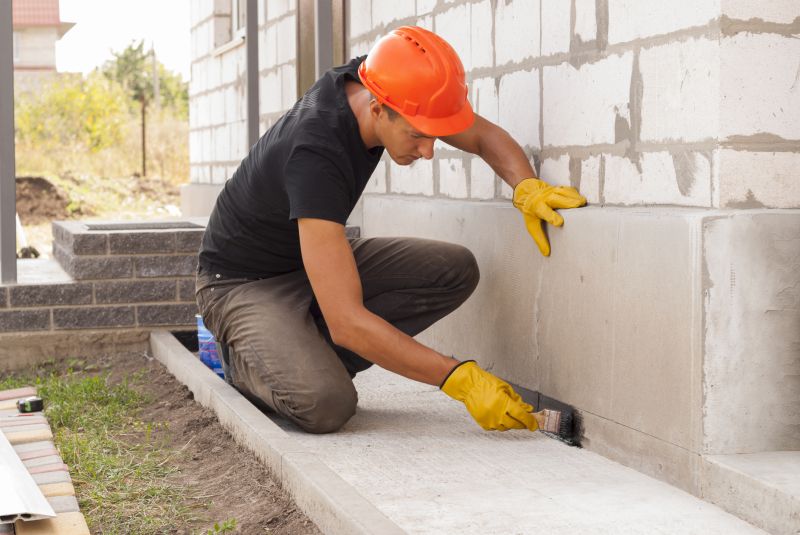
Longer days and stable weather support summer foundation projects.
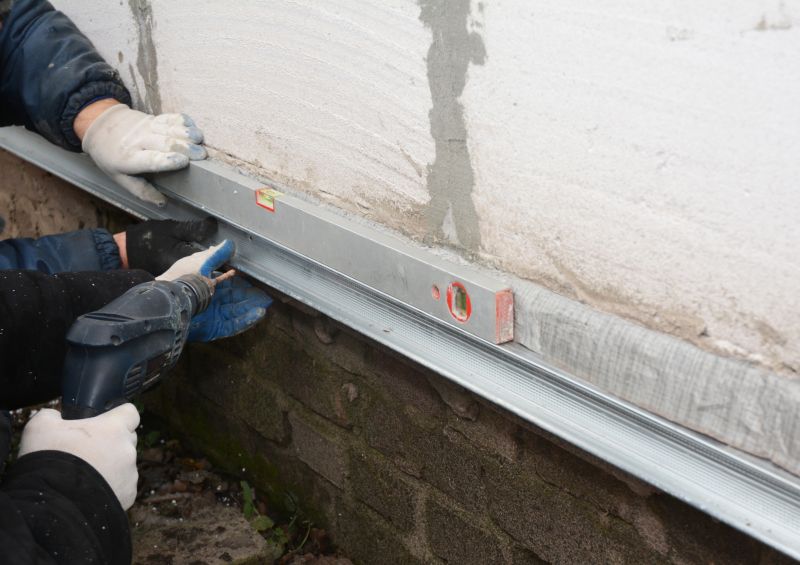
Fall offers optimal conditions in many regions for foundation stabilization.
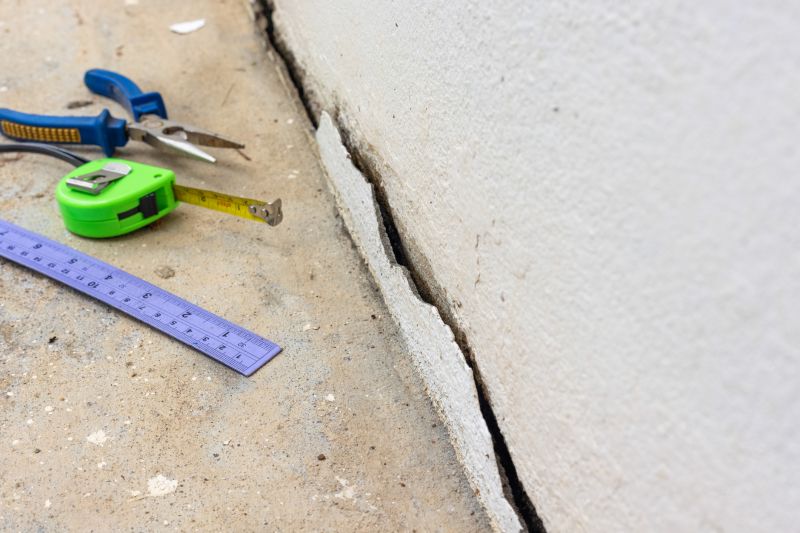
Ways to make Foundation Repairs work in tight or awkward layouts.
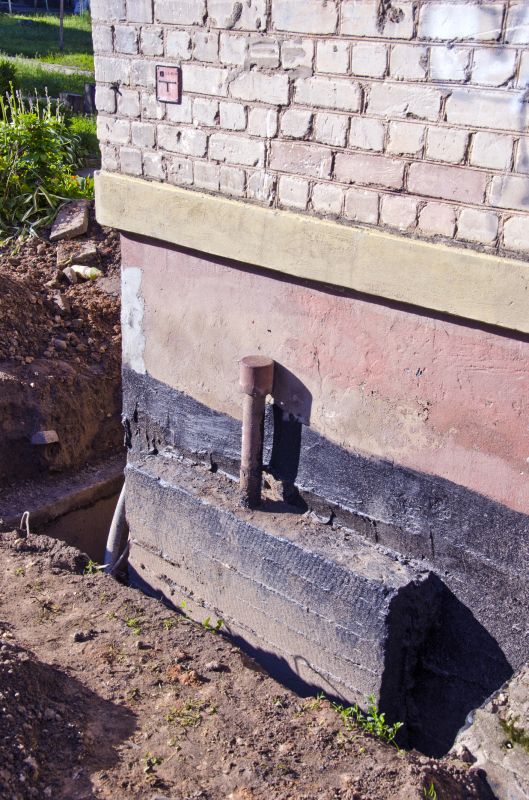
Popular materials for Foundation Repairs and why they hold up over time.

Simple add-ons that improve Foundation Repairs without blowing the budget.
| Season | Ideal Conditions |
|---|---|
| Spring | Moderate temperatures, manageable soil moisture |
| Summer | Long daylight hours, stable weather |
| Fall | Dry soil, minimal ground movement |
| Winter | Frozen ground, increased frost heave risk |
Foundation repairs are a critical component of maintaining structural integrity. Proper timing can help ensure the longevity of repairs and reduce the likelihood of future issues. Soil conditions, weather patterns, and temperature fluctuations play key roles in determining the best time to undertake these projects. Seasonal considerations are essential for minimizing disruptions and optimizing repair effectiveness.
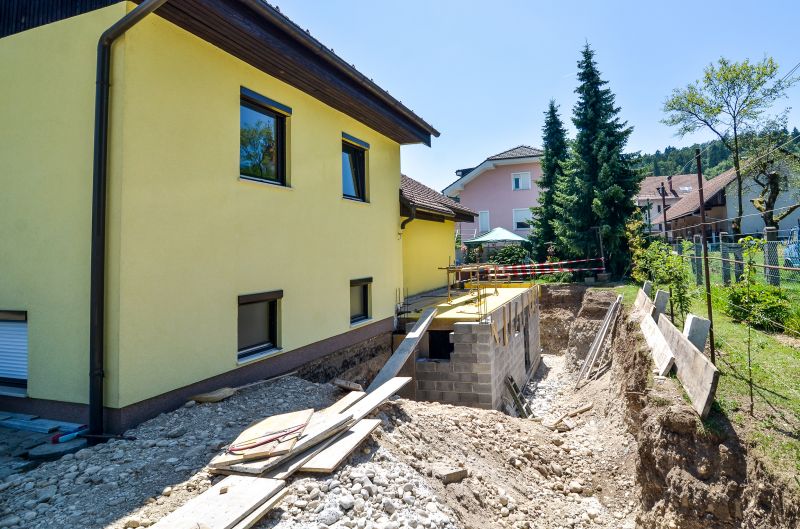
Proper timing supports effective foundation stabilization.
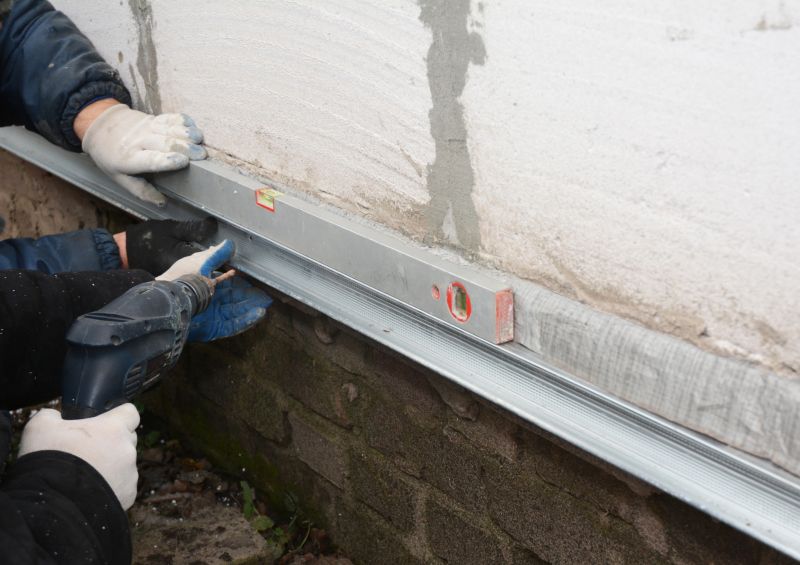
Timing helps manage soil movement and moisture levels.
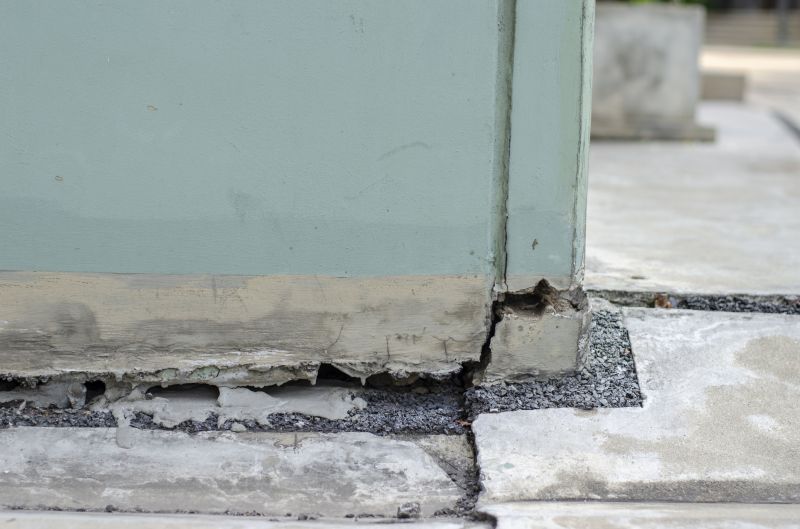
Choosing the right season enhances repair durability.
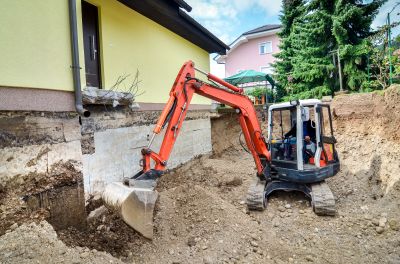
Weather conditions influence the use of repair equipment.
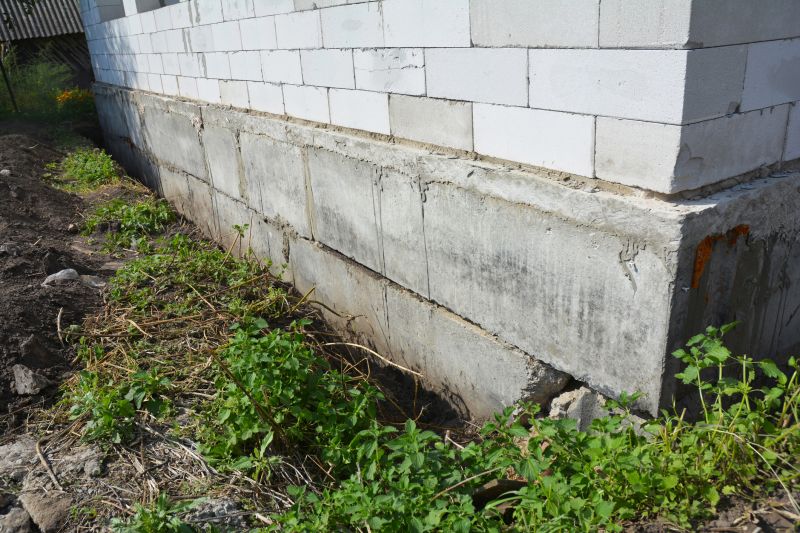
High-end options that actually feel worth it for Foundation Repairs.

Finishes and colors that play nicely with Foundation Repairs.

Little measurements that prevent headaches on Foundation Repairs day.
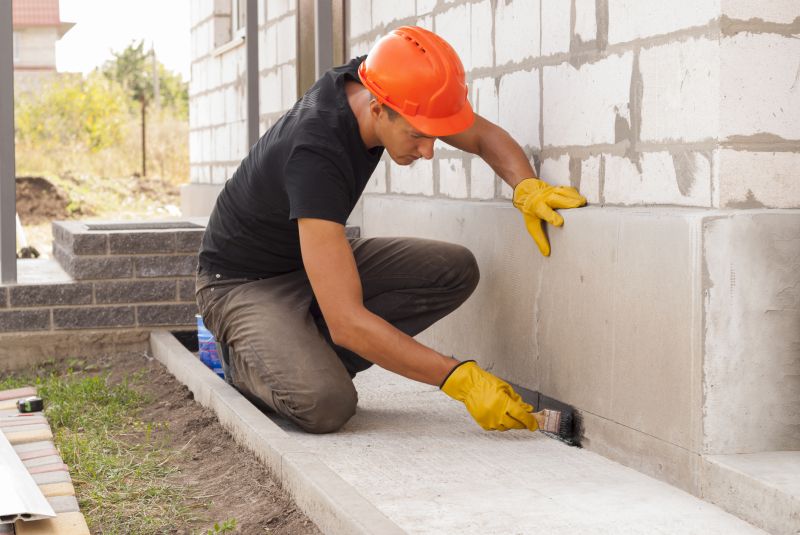
A 60-second routine that keeps Foundation Repairs looking new.

A frequent mistake in Foundation Repairs and how to dodge it.

Small tweaks to make Foundation Repairs safer and easier to use.

Lower-waste or water-saving choices for Foundation Repairs.
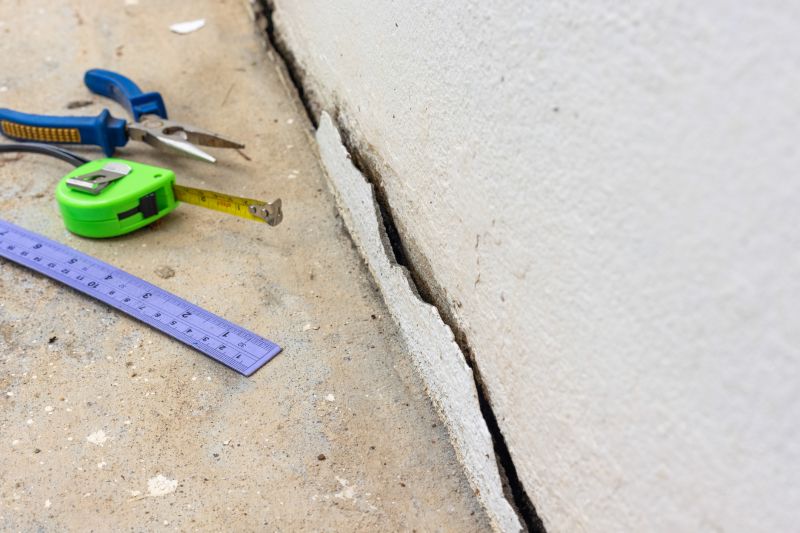
The short, realistic tool list for quality Foundation Repairs.
Timing foundation repairs effectively requires understanding local climate patterns and soil conditions. Consulting with professionals experienced in regional soil and weather behaviors can help determine the most suitable period for repairs. Proper scheduling ensures that repairs are performed during stable conditions, reducing the risk of future foundation issues and extending the lifespan of structural solutions.

